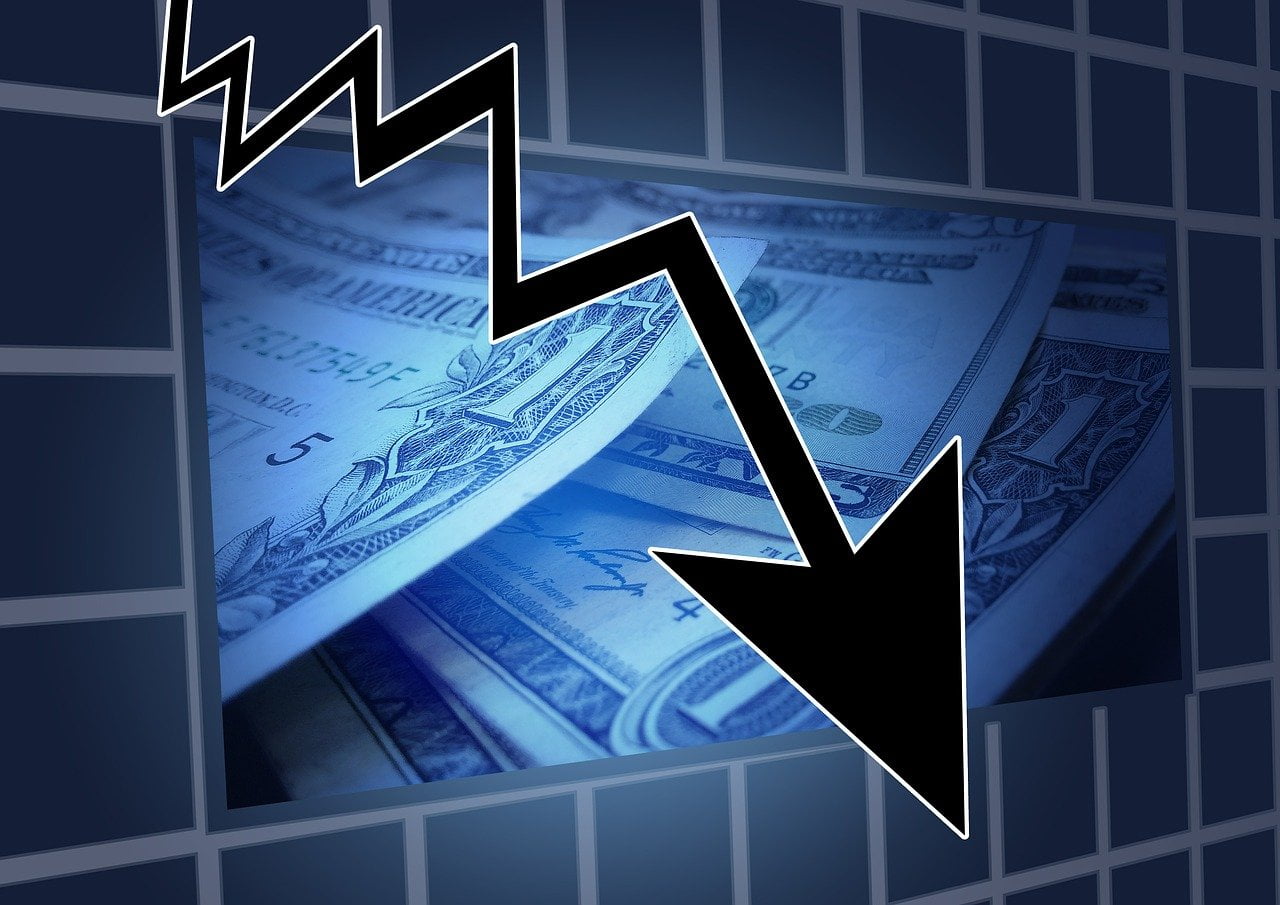According to a Reuters survey of economists, the Delta variant is believed to be the main cause behind the deceleration of the U.S. economy in the third quarter. Ahead of Thursday’s advance gross domestic product report by the Commerce Department, GDP likely grew by 2.7%, the slowest pace in more than a year.
Q3 2021 hedge fund letters, conferences and more
Delta Variant Impact
As reported by Fox Business, the cascading effect of covid infections, supply chain constraints, goods shortages, and high prices have played a role in the economy’s growth predictions.
The Commerce Department report is likely to depict “strong inflation, fueled by the economy-wide shortages and pandemic relief money from the government, cutting into growth.”
Further, ebbing fiscal stimulus and the disturbed offshore energy production caused by Hurricane Ida at the end of August, also played a key part in the gloom outlook. There are still reasons to remain positive as the economic activity increased by the end of the third quarter amid the gradual decline of the Delta variant cases.
Ryan Sweet, a senior economist at Moody's Analytics in West Chester, Pennsylvania, said the Delta variant was the biggest player in the deceleration and added: “We're going to see growth re-accelerate in the fourth quarter and the first half of next year as the effect of the Delta variant begins to wane.”
“It doesn't mean that we won't have future waves of COVID, but with each passing wave, the economic costs continue to diminish.”
A Tough September
Experts agree that the economy's behavior in the third quarter was possibly the weakest since Q2 last year, which reported a historic slump amid strict lockdowns and other countermeasures against the first wave of the pandemic.
In the second quarter of this year, the U.S. economy bounced back with a 6.7% growth while the world was dealing with labor shortages, ports congestion, and ensuing supply chain contractions.
“The anticipated meager growth is seen coming mostly from a moderate pace of inventory drawdown. Overall inventory accumulation likely remained weak owing to shortages, especially of motor vehicles,” Fox Business reports.
Regarding the automotive industry, September was the toughest month in terms of production since 2010 due to the rife semiconductor shortages.
Veronica Clark, an economist at Citigroup in New York, said: “The largest boost to GDP should come from a slower drawdown of inventories compared to in the second quarter, as supply shortage issues initially presented through weaker inventories but now have become a constraint on consumption instead.”






